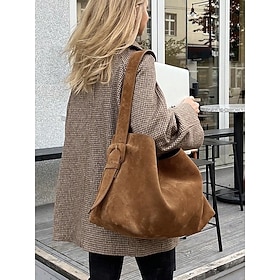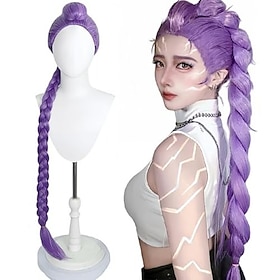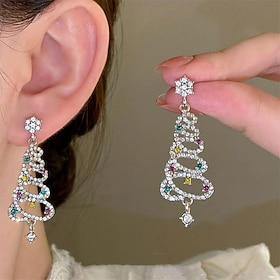A brief overview
Fashion is a cycle of ideas in motion. What is ‘in-style’ today will soon transition into a new ‘in-style’ tomorrow, breathing life into a once-worn-in-style in purses and closets. If insincerity is a sin, the entire industry is guilty of lying about its current state, which many are now calling a sartorial renaissance — reinterpreting a pre-existing style.
The Sartorial Renaissance: When Past Trends Shape Modern Style
Historical trends never disappear; instead, they come back. Fashion has consistently referenced the past. Designers look to past trends as sources of inspiration for their collections to include a sense of historical fashion, nostalgia, and, when the occasion arises, drama.
Today is no different; our runways are filled with “shrunken-down” Victorian corsets, puffed sleeves, empire waist garments, and a plethora of pieces inspired by Mod styles from the 1960s — all with a contemporary twist.
As outlined in the recent exhibit, “Designing the Renaissance: Costume as Art” at the British Museum, a recent exhibit entitled “Designing the Renaissance: Costume as Art” does an amazing job exploring the concept of historicity and the re-contextualization of Renaissance styles today. Many of the pieces belonging to various designers, including Alexander McQueen, Vivienne Westwood, and others, directly referenced historical garments with great detail and importance in craftsmanship.

Courtesy of Canva
historic fashion revival
Pop culture has a large impact on the revival of historic styles. As this year’s hit series (Bridgerton) and The Crown come to a close, fashion is reigniting interest in nearly forgotten period fashion. Worn items of the past, like corsets, puffy sleeved garments, and royal silhouettes in mainstream trends. Costume design continues to have a strong presence and influence over the popular style of the everyday person and continues to allow the elegance of high fashion to remain accessible.
The sartorial revival is seemingly not only found in the worlds of high fashion or entertainment but is also making a persistent appearance in our sporting events.
At last year’s Wimbledon finals, Princess Kate of Wales walked the line between the elegance established by the event and her green ensemble reference to the colored grass courts originally associated with the event. Not only would we note her adherence to tradition by wearing a monochromatic ensemble, but it also referenced the elegance of the event in a modern manner. Her dress’s silhouette spoke to the world of current women’s fashion while acknowledging the symbolism of simplicity in her ensembles’ content.
beyoncé renaissance tour fashion
Not only does the sartorial renaissance expand to sports, it stretches to global music. Beyoncé’s Renaissance World Tour is just one layer of how much the ideals of historic fashion are reconnecting with present-day style.
The set list of her tour consists of songs inspired by eras gone by; it’s specifically theatrical presence for her performances denotes the regal, sartorial, and romantic notions of an era gone past, reimagined for the now, her styling fulfills the notion of a sartorial renaissance to a global cultural moment.
One of the exciting elements of this sartorial revival will be to consider how designers are going to take the implicit notion of historical silhouettes, and evolve the brands, textile forms and collections in clever and innovative ways. As I mentioned above, whether a new style can be embraced in the guise of contemporary collections, fashion collections, athletic apparel or musical wardrobes….the revival of past fashions extends a timely reminder that style is cyclical by nature, however, it doesn’t mean it has to stand still.
The continuous rhythm of fashion helps maintain the recommencing cycle of yesterday’s elegance on tomorrow’s trend edges and implies that while making design, one’s past is always present.




















